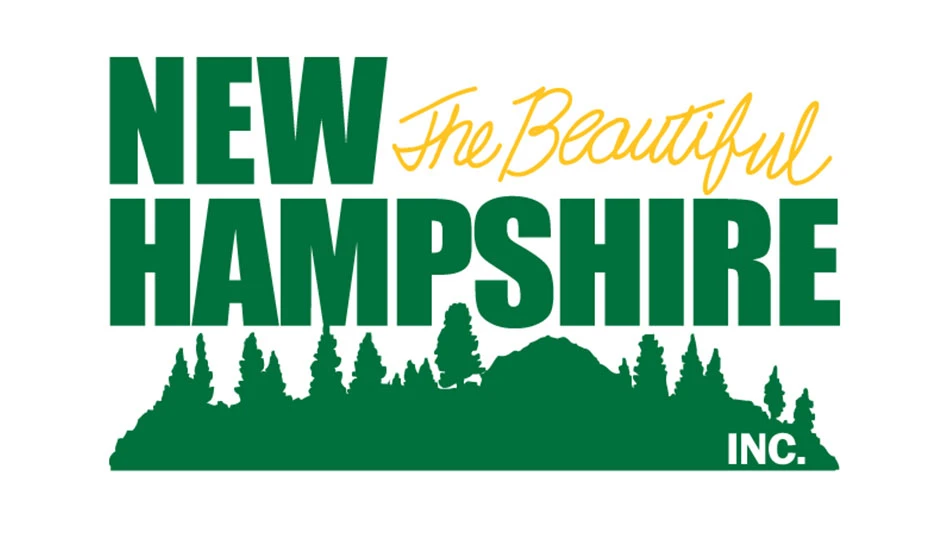The most recent edition of the China Replas 2018 e-newsletter contains four market updates: Three of them focus on resistance to plastic scrap imports in Southeast Asian nations, while the fourth points to volume
The early July dispatch from the China Synthetic Resin Association (CSRA), one of the organizers of Expo-ChinaReplas2018, Sept. 13-14 in Dongguan, China, follows coverage of plastic scrap import restrictions in Malaysia, Thailand
According to the CSRA write-up, recycled-content plastic pellets initially were caught up in the same dragnet blocking baled plastic scrap imports. Customs officials in China, the CSRA says, were applying a principle of “three conformities [too] strictly” to pellets. Those principles refer to

Despite the confusion, recycled-content pellets have been flowing into Chinese ports. The CSRA says, “China’s imported [recycled-content pellets] have increased from less than 10,000 metric tons per month to 300,000 to 500,000 metric tons per month; the import volume has soared.”
CSRA says it is working with China’s Ministry of Ecology and Environment (MEE) and the General Administration of Customs (GACC) “to convey the opinions of the industry and the actual problems at the port.”
The dialogue included meetings at the April 2018 Spring Conference of China Replas and the May 2018 Symposium on the Regulation of Recycling Plastic Particles, hosted by the GACC. At that event, the CSRA says, “the industry and the government worked together to seek solutions.”
Subsequently, in early June, “A systematic solution to this problem was developed and submitted to the MEE and the GACC,” according to the CSRA.
“China’s imported [recycled-content pellets] have increased from less than 10,000 metric tons per month to 300,000 to 500,000 metric tons per month; the import volume has soared.” – China Synthetic Resin Association
The trade group forecasts that by the end of August, “Customs clearance of recycling plastic particles [will] be normalized.”
In the U.S. market, the Institute of Scrap Recycling Industries (ISRI), Washington, reports in its “Weekly Market Report” e-newsletter for July 23 that natural high-density polyethylene (HDPE) bales continue to increase in price, having surpassed levels last seen in 2016. “Mixed color HDPE bales are not enjoying such a steady rise in pricing, reflecting that the market is pushing secondary processing further upstream,” the association notes.
According to PetroChem Wire, headquartered in Houston, natural HDPE bales sold for 44 to 45 cents per pound freight on board (FOB) east of the Rockies as of late July, while fractional-melt mixed-color curbside bales traded for 16 cents per pound.
PetroChem Wire attributes the increase in natural HDPE pricing to surging demand for the material for use in food-grade jugs and bottles and other forms of packaging.
Get curated news on YOUR industry.
Enter your email to receive our newsletters.

Explore the August 2018 Issue
Check out more from this issue and find your next story to read.
Latest from Recycling Today
- Buy Scrap Software to showcase its software at Scrap Expo in September
- LG details recycling activities
- Algoma EAF is up and running
- Toyota-Tsusho completes acquisition of Radius Recycling
- CATL, Ellen MacArthur Foundation aim to accelerate circular battery economy
- Commentary: Expanded polystyrene is 98 percent air, 2 percent plastic and 100 percent misunderstood
- AMCS appoints general manager for North America
- How tariffs, regulations affect LIBs recycling in US, EU





